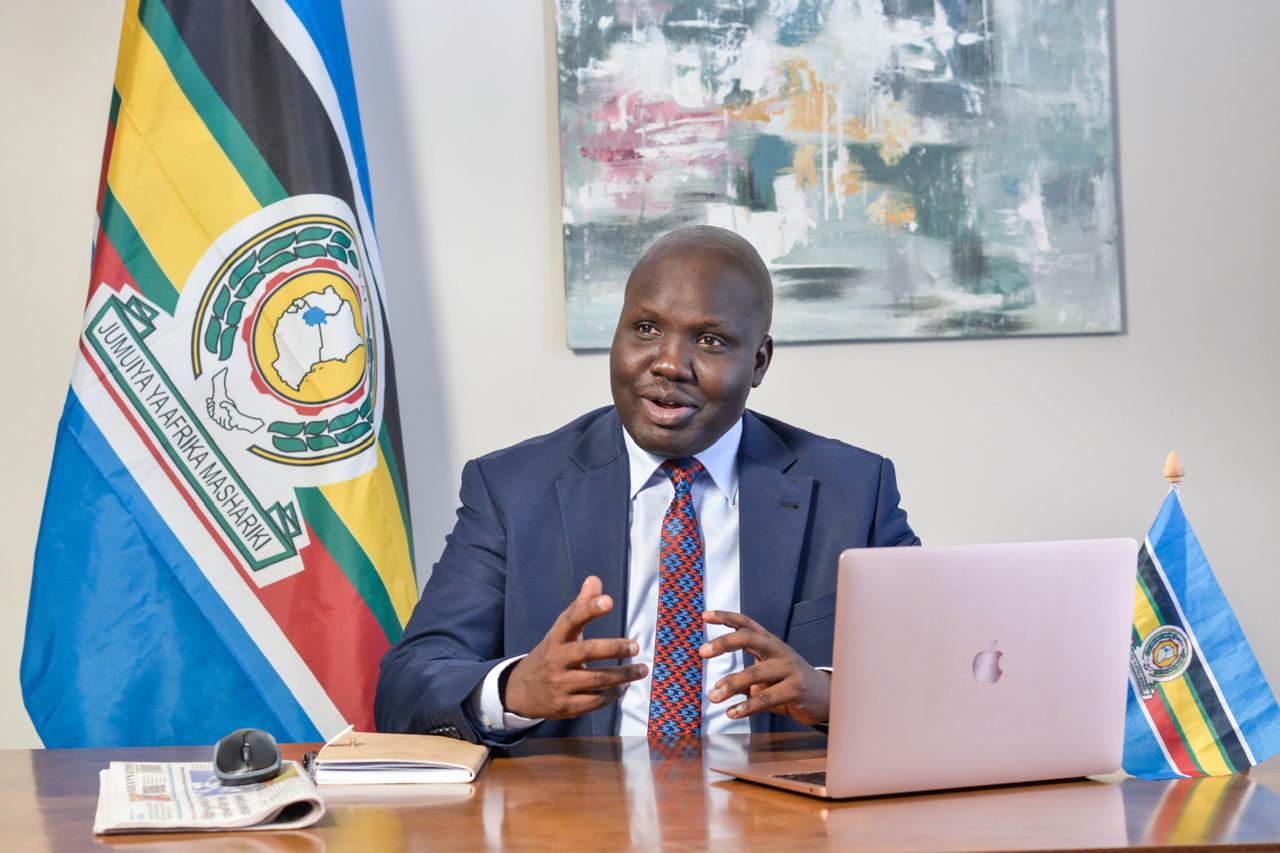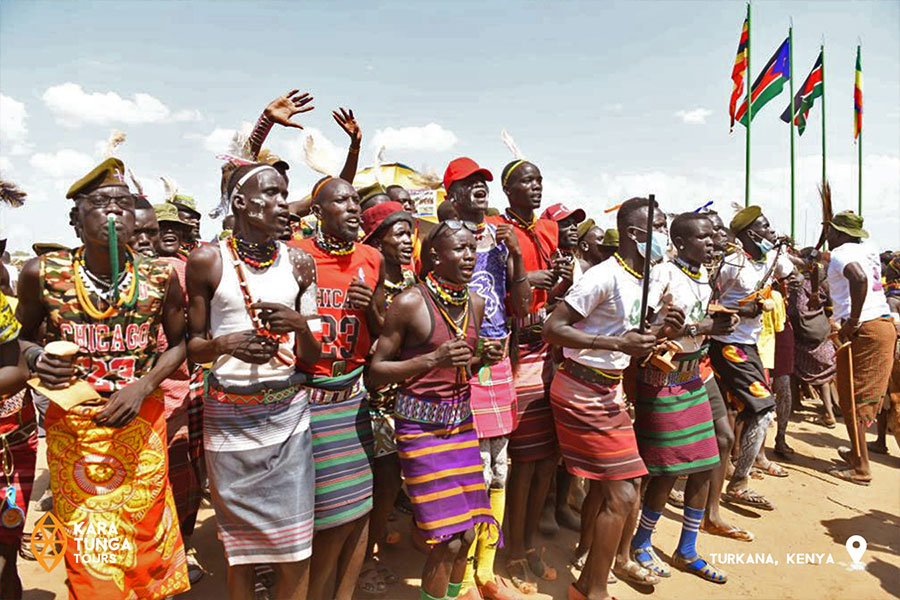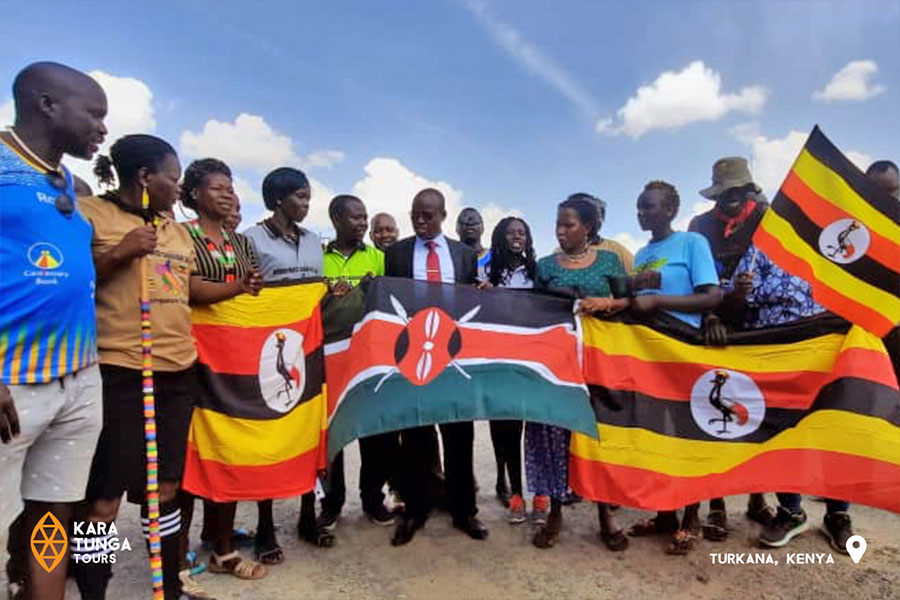The trijunction where Kenya’s Turkana, Uganda’s Karamojong, and South Sudan’s Toposa and Didinga communities converge has been marked by cultural richness but also by longstanding boundary disputes that threaten regional peace, security, and development. To address this, the East African Community (EAC), with support from the African Union (AU) and German development agency GIZ, will on October 30, 2024, launch a peace-building initiative involving leaders from Kenya, Uganda, and South Sudan.
EAC Deputy Secretary General, Hon. Andrea Aguer Ariik Malueth, highlighted that boundary contestation, worsened by delayed delimitation, has allowed new conflict drivers to emerge, making the situation more complex. Despite these challenges, he emphasized the positive impact of the EAC Peace Caravan, launched in mid-2023, which has promoted dialogue, confidence-building, and sustainable conflict resolution. “Since the Peace Caravan, no major incidents of violence have occurred among the communities,” Hon. Ariik noted, indicating encouraging progress toward stability.
The current mission builds on this momentum, focusing on dialogue to address root issues such as land ownership, resource sharing, and historical claims. Leaders will work to improve security coordination across borders to curb incidents like cattle rustling and cross-border attacks. Additionally, economic cooperation is a key priority, with discussions aimed at enhancing cross-border trade, infrastructure development, and access to shared resources like water and pasturelands, which are vital for the livelihoods of these communities.
Supported by technical expertise from the AU and capacity-building efforts from GIZ, the initiative also seeks to promote cultural exchanges, encouraging unity while preserving the distinct traditions of each community.
By resolving these disputes, the EAC aims to lay the groundwork for long-term peace and economic growth, benefiting the Turkana, Karamojong, Toposa, and Didinga communities. The organization hopes to extend this model to other border areas facing similar issues, fostering a future where these communities can live peacefully, collaborate economically, and preserve their rich cultural heritage.




















